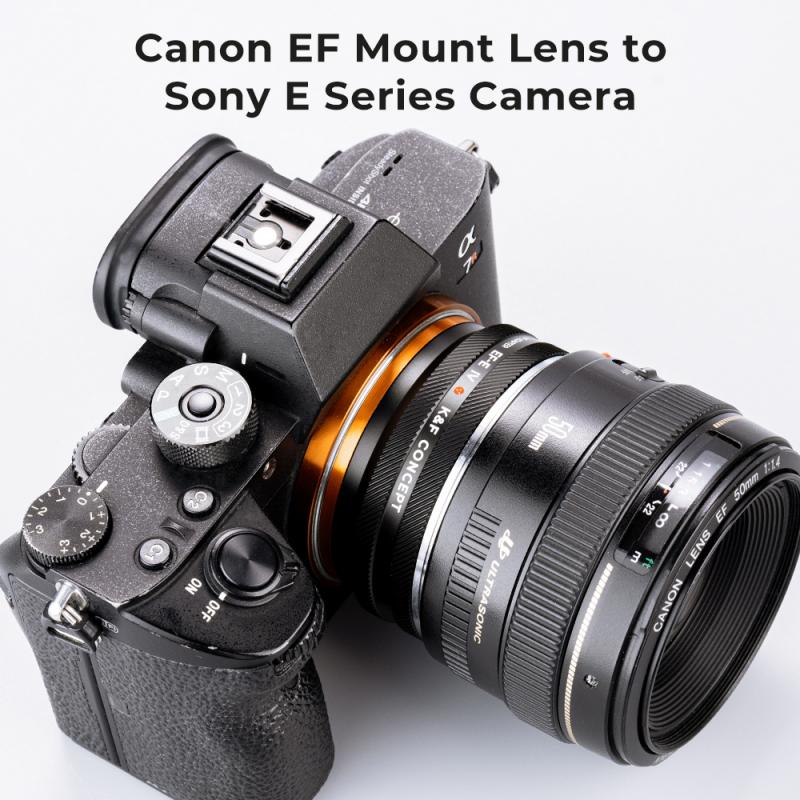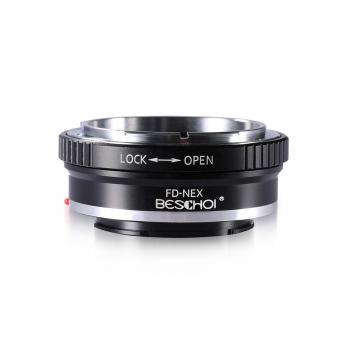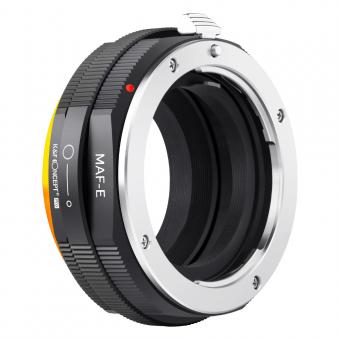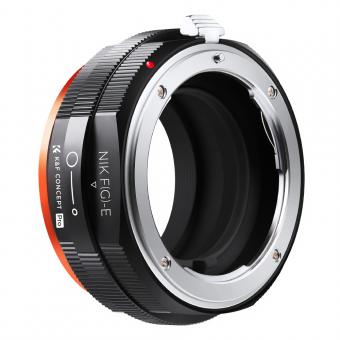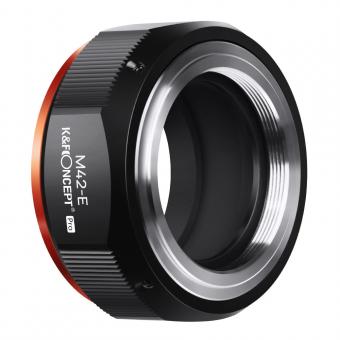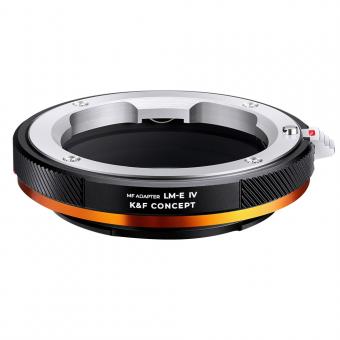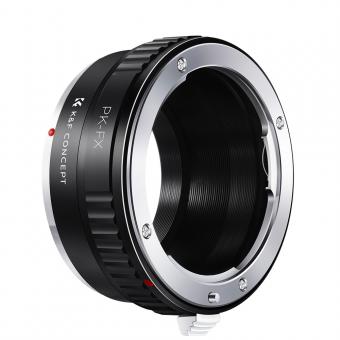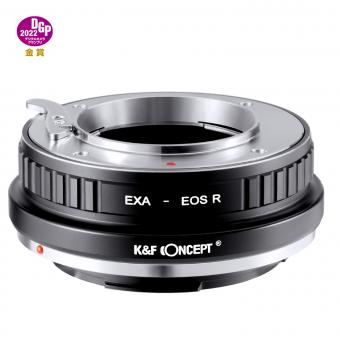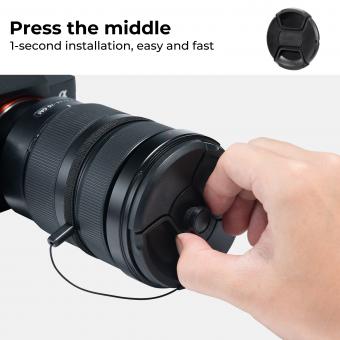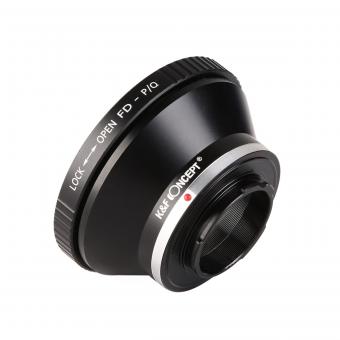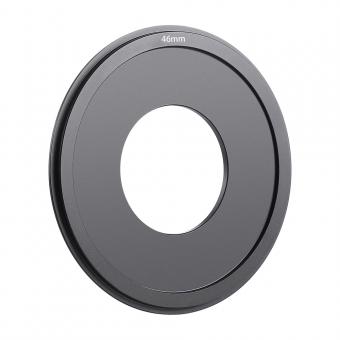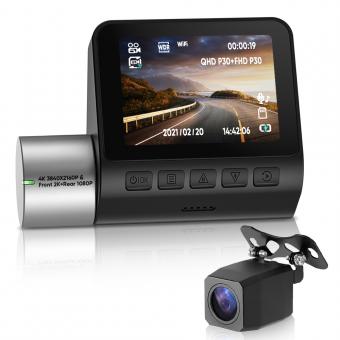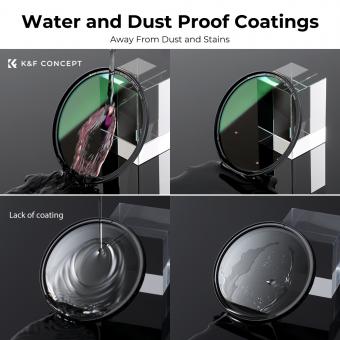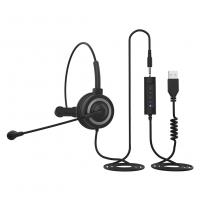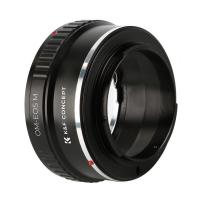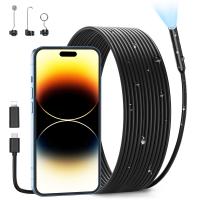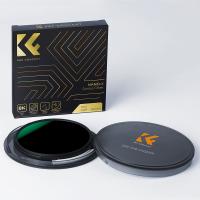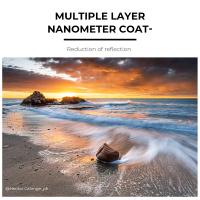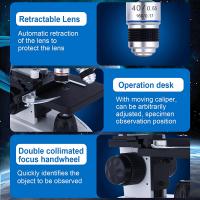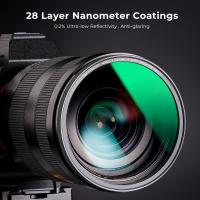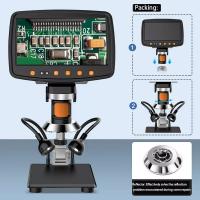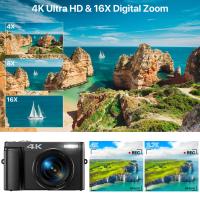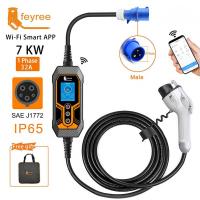How To Use A Lens Adapter With Sony ?
To use a lens adapter with Sony, you need to follow these steps:
1. Choose the right adapter: There are different types of lens adapters available in the market, so you need to choose the one that is compatible with your Sony camera and the lens you want to use.
2. Attach the adapter to the camera: Once you have the right adapter, attach it to the camera's lens mount. Make sure it is securely attached.
3. Attach the lens to the adapter: Now, attach the lens to the adapter. Again, make sure it is securely attached.
4. Adjust the settings: Depending on the lens you are using, you may need to adjust the camera settings. For example, if you are using a manual lens, you will need to set the camera to manual focus mode.
5. Test the lens: Finally, test the lens to make sure it is working properly. Take some test shots and review them to see if the focus and exposure are correct.
Overall, using a lens adapter with Sony is a great way to expand your lens options and get more creative with your photography.
1、 Sony E-mount to A-mount adapter
To use a lens adapter with Sony, you will need to follow a few simple steps. First, you will need to purchase the appropriate adapter for your camera and lens combination. For example, if you have a Sony E-mount camera and want to use an A-mount lens, you will need a Sony E-mount to A-mount adapter.
Once you have the adapter, attach it to your camera body by aligning the mounting points and twisting it into place. Then, attach your lens to the adapter in the same way you would attach it to a camera body. The adapter will allow the lens to communicate with the camera and enable autofocus and other features.
It is important to note that using an adapter may affect the performance of your lens, particularly in terms of autofocus speed and accuracy. Additionally, some lenses may not be fully compatible with certain adapters, so it is important to do your research before purchasing.
In terms of the latest point of view, lens adapters have become increasingly popular in recent years as photographers seek to use older or non-native lenses with their Sony cameras. While there are some limitations and potential drawbacks to using adapters, they can be a cost-effective way to expand your lens collection and experiment with different focal lengths and styles.
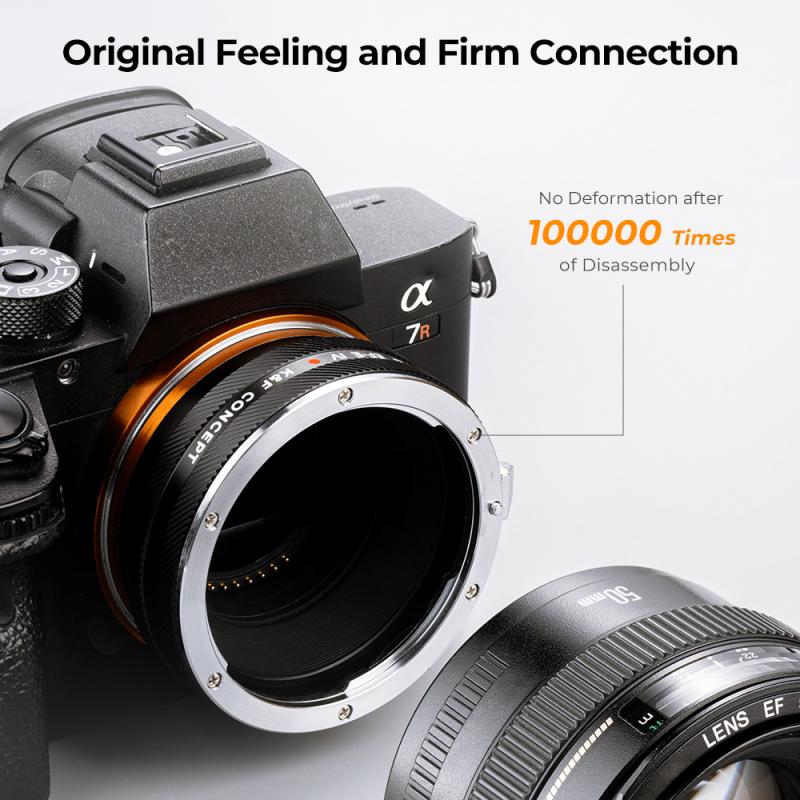
2、 Sony E-mount to Canon EF adapter
To use a lens adapter with Sony, specifically the Sony E-mount to Canon EF adapter, follow these steps:
1. Attach the adapter to the Sony camera body by aligning the red dot on the adapter with the corresponding dot on the camera mount and twisting the adapter clockwise until it clicks into place.
2. Attach the Canon EF lens to the adapter by aligning the red dot on the lens with the corresponding dot on the adapter and twisting the lens clockwise until it clicks into place.
3. Turn on the camera and adjust the settings as needed for the lens being used.
4. Use the lens as you normally would, keeping in mind that the focal length and aperture may be different than what is indicated on the lens due to the crop factor of the Sony camera.
It is important to note that while using a lens adapter can provide more versatility in terms of lens options, it may also result in slower autofocus performance and potential compatibility issues. Additionally, some features such as image stabilization may not work with certain lenses. It is recommended to do research and test the adapter with specific lenses before committing to using it for a shoot.
As of the latest point of view, lens adapters have become increasingly popular among photographers and videographers as they allow for the use of lenses from different brands and systems. However, it is important to note that not all adapters are created equal and some may not work as well as others. It is recommended to invest in a high-quality adapter from a reputable brand to ensure the best performance and compatibility.

3、 Sony E-mount to Nikon F adapter
To use a lens adapter with Sony, you will need to follow a few simple steps. First, you will need to purchase the appropriate adapter for your camera and lens combination. In this case, the Sony E-mount to Nikon F adapter is designed to allow Nikon F-mount lenses to be used on Sony E-mount cameras.
Once you have the adapter, you will need to attach it to your camera body. This is typically done by aligning the adapter with the camera's lens mount and twisting it into place. Make sure the adapter is securely attached before proceeding.
Next, you will need to attach your Nikon F-mount lens to the adapter. This is done in the same way you would attach the lens to a Nikon camera body. Simply align the lens with the adapter and twist it into place.
Once your lens is attached, you can use it as you would any other lens on your Sony camera. Keep in mind that some features, such as autofocus and image stabilization, may not work with certain lenses and adapters. It's always a good idea to test your setup before heading out to shoot.
In terms of the latest point of view, lens adapters have become increasingly popular in recent years as photographers look to expand their lens options without having to invest in new camera systems. While there are some limitations to using adapters, they can be a great way to get more mileage out of your existing lenses.
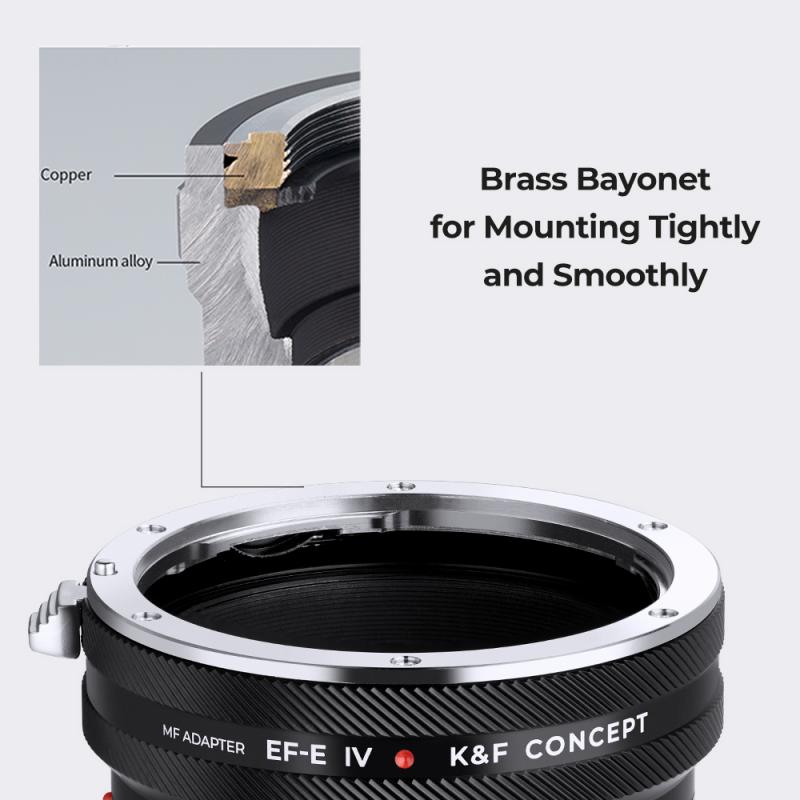
4、 Sony E-mount to Leica M adapter
To use a lens adapter with Sony, specifically the Sony E-mount to Leica M adapter, follow these steps:
1. Attach the adapter to the Sony camera body by aligning the red dot on the adapter with the corresponding dot on the camera mount and twisting the adapter clockwise until it clicks into place.
2. Mount the Leica M lens onto the adapter by aligning the lens with the adapter and twisting it clockwise until it clicks into place.
3. Turn on the camera and adjust the settings as needed for the specific lens being used.
4. Focus manually using the lens focus ring.
5. Take photos as usual.
It is important to note that using a lens adapter may affect the autofocus capabilities of the camera and may result in slower focusing speeds or reduced accuracy. Additionally, some lenses may not be fully compatible with the adapter and may result in vignetting or other image quality issues.
As for the latest point of view, lens adapters have become increasingly popular among photographers as they allow for the use of a wider range of lenses with their camera bodies. However, it is important to carefully research and choose a high-quality adapter to ensure optimal performance and compatibility with both the camera and lens being used.
